By Film Noir Blonde and Mike Wilmington
The Film Noir File is FNB’s guide to classic film noir, neo-noir and pre-noir on Turner Classic Movies (TCM). All movies below are from the schedule of TCM, which broadcasts them uncut and uninterrupted. The times are Eastern Standard and (Pacific Standard).
Pick of the Week
“Sweet Smell of Success” (1957, Alexander Mackendrick). Sunday, Jan. 25, 10 p.m. (7 p.m.).
“Sweet Smell of Success,” an American movie masterpiece and one of the best and gutsiest of all the classic film noirs, is a sleek killer comedy/drama about Broadway in the ’50s.
It centers around two influential New Yorkers: megalomaniac star gossip columnist J.J. Hunsecker (Burt Lancaster) and one of his more energetic publicist-sources, scummy but fashionable Sidney Falco (Tony Curtis).
And yes that is actor David White aka Larry Tate from TV’s “Bewitched”as Otis Elwell (uncredited). Watching “Sweet Smell of Success” now, you naturally think of “Mad Men” and an elite long-ago world of white men climbing the ladder of success: ruthless and glamorous, cut-throat and captivating.
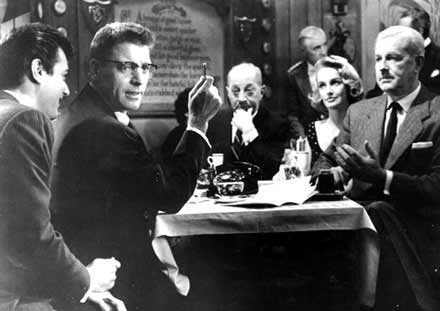
Yes, that is actor David White (right) aka Larry Tate from TV’s “Bewitched”as Otis Elwell (uncredited).
Read the full review here.
Monday, Jan. 26
Five by Luis Buñuel
Five superb films, from his middle and later years, by the great dark Spanish movie surrealist Luis Buñuel, whose extraordinary films, whether made in Spain, France Mexico or the U.S., are as noir as they come.
8 p.m. (5 p.m.): “Belle de Jour” (1967, Luis Buñuel). The most beautiful movie actress alive directed by the world’s most brilliantly rebellious and surreal filmmaker. That was the incendiary match-up of star Catherine Deneuve and director Luis Buñuel, most notably in their classic 1967 French erotic noir drama “Belle de Jour.”
In that great film, Deneuve – so lovely and so classically, radiantly, sexily blonde – played Severine, the icy, ravishing Parisian wife, who becomes a prostitute during the day to escape her boring bourgeois life and her handsome but boring husband (Jean Sorel). Severine then falls into a mad world of crime, hypocrisy, dreamlike perversity and mad peril. “Belle de Jour,” adapted from the novel by Joseph Kessel, was the most popular, sensational and best-remembered film of Buñuel’s entire career. In French. with English subtitles.
10 p.m. (7 p.m.): “The Discreet Charm of the Bourgeoisie” (1972, Luis Buñuel). Buñuel’s sly, surreal Oscar-winner (for Best Foreign Language Picture of 1972), about a bourgeois dinner party that gets constantly interrupted and a world that is increasingly out of joint. The splendid cast includes Delphine Seyrig, Michel Piccoli, Fernando Rey, Stephane Audran, Bulle Ogier and Jean-Pierre Cassel. Buñuel and Jean-Claude Carriere co-wrote the script. In French, with subtitles.
12 a.m. (9 p.m.): “Diary of a Chambermaid” (1964, Luis Buñuel). Jeanne Moreau is a sultry chambermaid in a perverse French household, surrounded by exploitation and erotic menace. Adapted by Buñuel and Carriere from the novel by Octave Mirbeau (previously filmed in 1946 by director Jean Renoir and star Paulette Goddard). In French, with subtitles.
2 a.m. (11 p.m.): “Viridiana” (1961, Luis Buñuel). A young convent woman returns to her wealthy and lascivious uncle’s elegant house and learns, unhappily, that the world of man and the will of God are often at odds. Buñuel’s return to Spanish filmmaking after decades of exile was then banned in Spain, but was otherwise a worldwide art house hit and a Cannes Film Festival Palme d’Or winner. With Silvia Pinal, Fernando Rey and Francisco (”Paco”) Rabal. In Spanish, with subtitles.
3:45 a.m. (12:45 a.m.): “The Exterminating Angel” (1962, Luis Buñuel). One of Buñuel’s greatest dark jokes: A Mexican upper-class family and their friends stage a posh dinner party, but then discover that they somehow, mysteriously, maddeningly, can’t leave the dining room. They must stay there, suffer, degenerate and perhaps die. An incredible piece of stylish nightmare : pure Buñuel. With Silvia Pinal and Enrique Rambal. In Spanish, with subtitles.
9:45 a.m. (6:45 a.m.): “Zazie dans le Metro” (1960, Louis Malle). Reviewed in FNB on June 24, 2011.
Tuesday, Jan. 27
12:30 a.m. (9:30 p.m.): “Three Days of the Condor” (1975, Sydney Pollack). Robert Redford is a U. S. government reader and analyst whose world suddenly opens under his feet one day, when most of his colleagues are killed and he becomes a wanted man on the run. The quintessential paranoid anti-C.I.A. thriller, this is a modern variant on the prototypical Hitchcockian “wrong man“ suspenser. Based on James Grady’s novel “Six Days of the Condor,” it’s been copied endlessly, especially by novelist John Grisham. With Faye Dunaway, Max Von Sydow, Cliff Robertson and John Houseman. [Read more…]
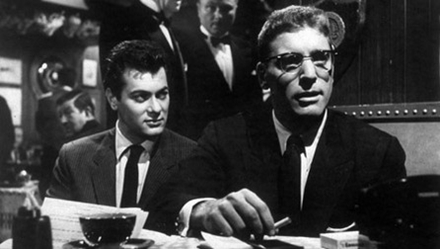
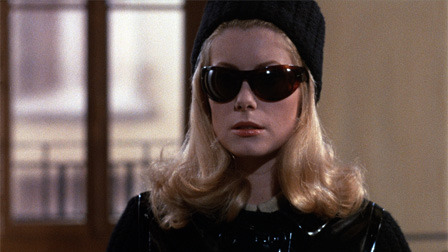





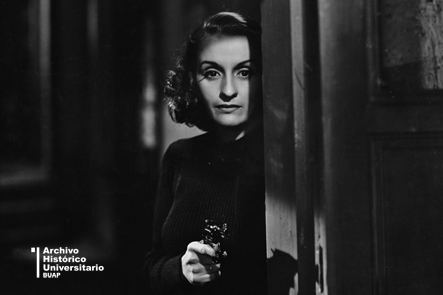


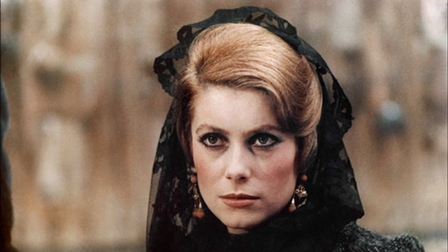
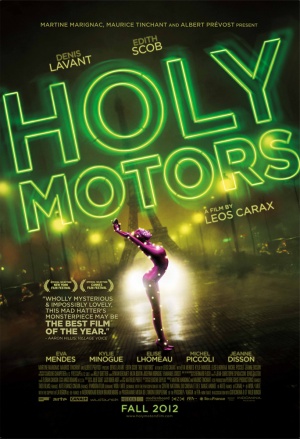
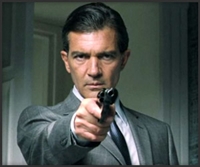






From FNB readers